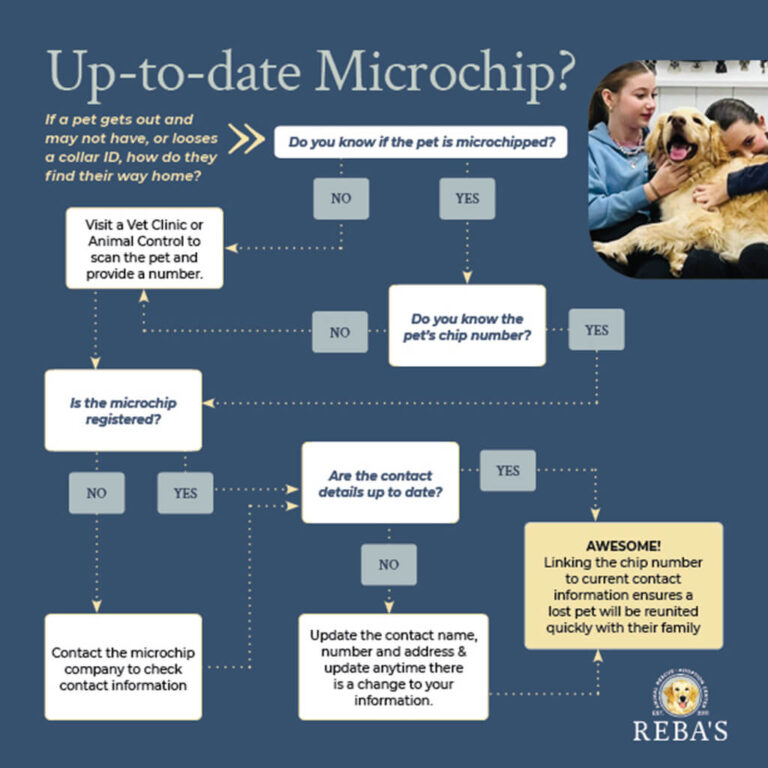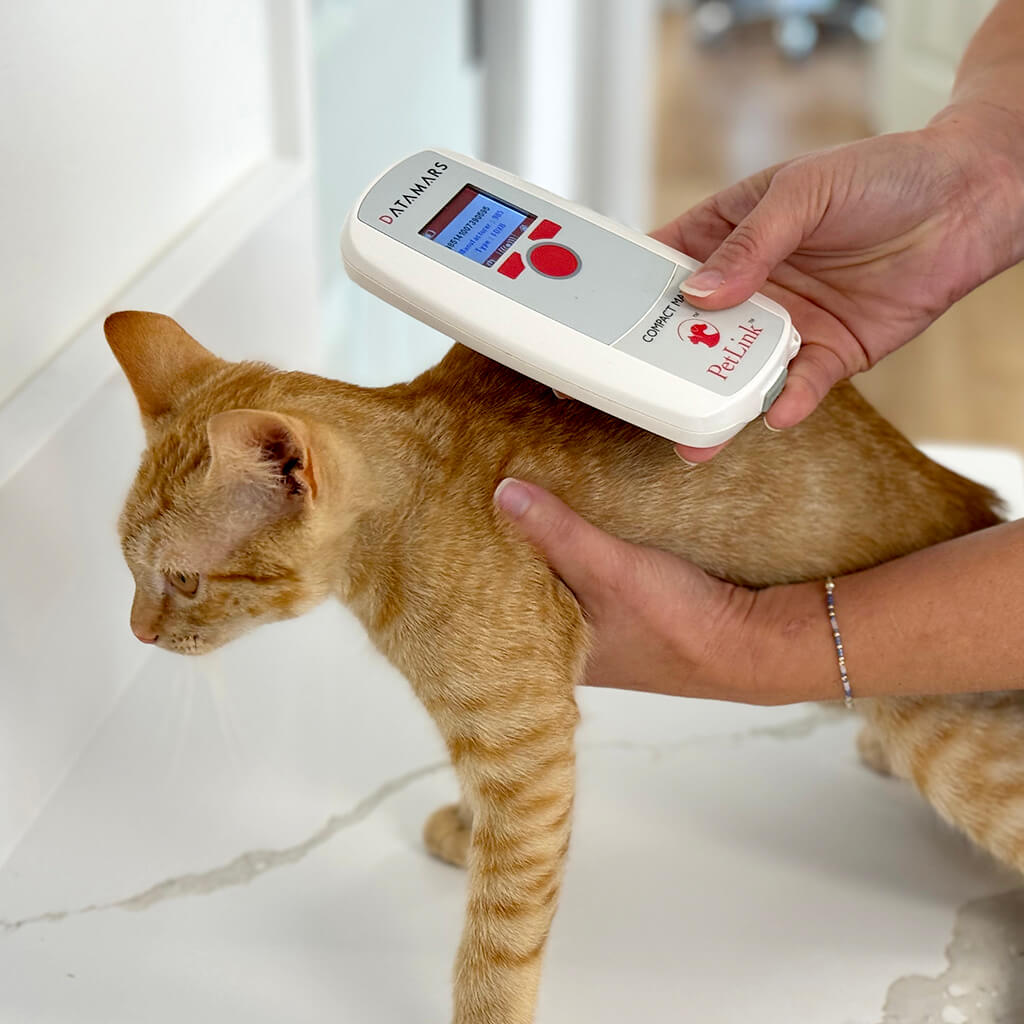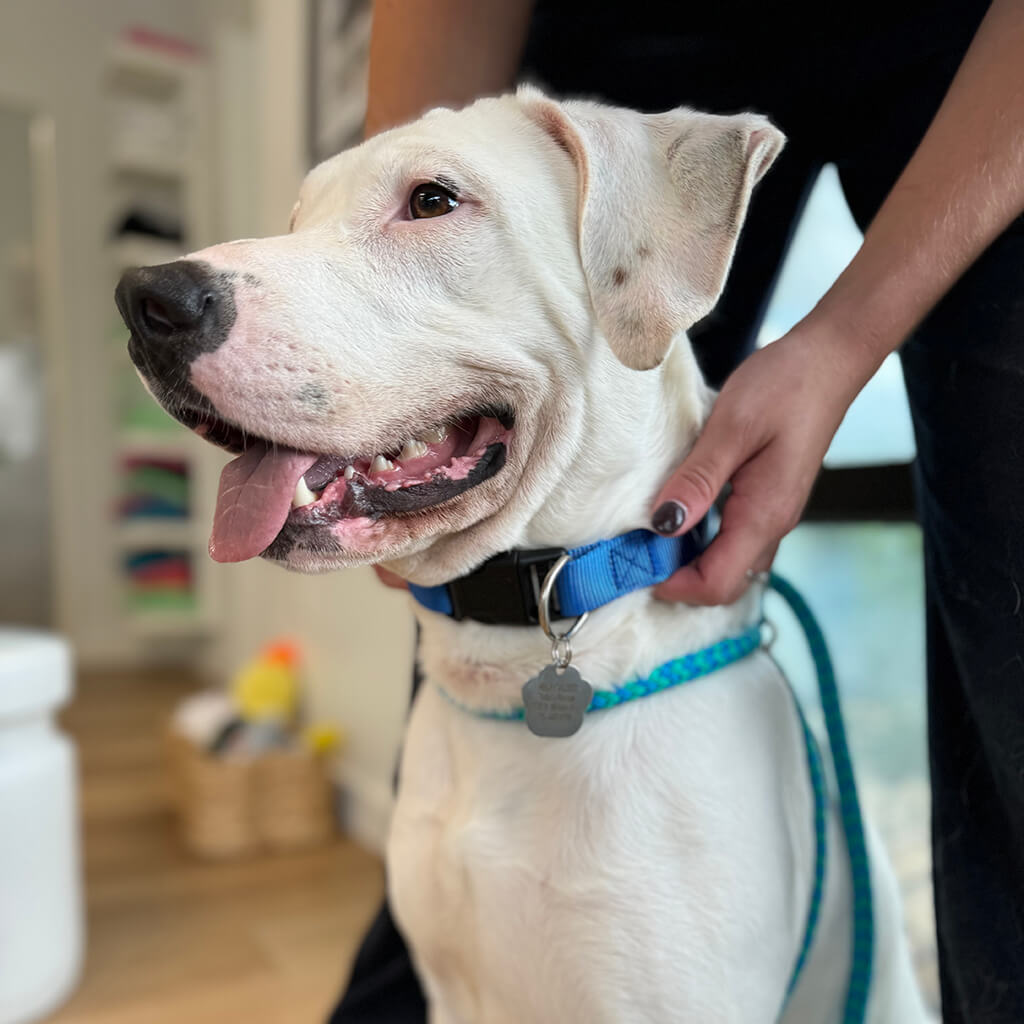Are you considering microchipping your pet? It’s a highly effective method for increasing the chances of being reunited with them if they become lost. Many lost pets end up in shelters yearly, but only a tiny fraction are reunited with their owners. However, with a microchip, a dog’s likelihood of a successful reunion significantly rises to approximately 52% (see chart below). The microchip acts as a permanent form of identification, allowing animal shelters, rescues, and veterinary clinics to access your contact information — facilitating the safe return of your beloved pet. A microchip is tangible proof of ownership, safeguarding against theft and providing a sense of security. By choosing to microchip your pet, you are taking a vital step to ensure their safety and guarantee their ability to find their way back to you.
Where do I get a Microchip?
At Reba’s Animal Rescue, we are delighted to announce that every dog and cat adopted from our organization is microchipped as part of our comprehensive adoption program. Many veterinary clinics and animal shelters offer this vital service if your pet has yet to be microchipped from another source.
Where is the Microchip placed?
Microchips are small implants, about the size of a grain of rice. They are placed between your pet’s shoulder blades, just beneath the skin. This less sensitive area ensures a more pleasant experience and reduces the likelihood of the microchip shifting to a different location. No surgery or anesthesia is required—a microchip can be implanted during a routine veterinary office visit. If your pet is already undergoing anesthesia for a procedure, such as neutering or spaying, the microchip can often be implanted while under anesthesia.
Each chip contains a unique identification (ID) number, a permanent form of ID for your pet. Once the chip is implanted, it links your contact information to your pet, providing an important safety measure. The area between the shoulder blades is easily accessible for veterinarians and shelter workers who scan lost pets.
How Do I Register My Pet’s Microchip?
All veterinary clinics and animal shelters have handheld scanners to detect your pet’s microchip, read the number, and identify the associated microchip company. After scanning your pet, the veterinarian or shelter representative can contact the microchip company to verify the microchip number and obtain your contact information. Once you’ve microchipped your pet, visit the microchip company’s website or call them to enter your contact information. Your veterinarian or shelter representative will provide the phone number or website. Some companies charge a one-time registration fee, and others charge an annual fee. It’s important to note that free options are available for registering your pet’s microchip, such as the American Animal Hospital Association’s Free Chip Registry, regardless of the brand.
Keep your Microchip registration up to date.
Microchips significantly increase the chances of reuniting lost or stolen pets with their families. However, a microchip is only effective if its registration information is accurate. You must check the registration information for your pet’s microchip once a year. You can mark your calendar for National Check the Chip Day on August 15th at www.avma.org/events/national-check-chip-day. Remember to always have a collar with ID tags on your pet in addition to microchipping. This significantly boosts the likelihood of a lost pet being noticed and assisted by a compassionate individual. Let’s prioritize the safety of our beloved pets. Equipping them with microchips and ID-tagged collars is a proactive measure to guarantee their secure homecoming.




